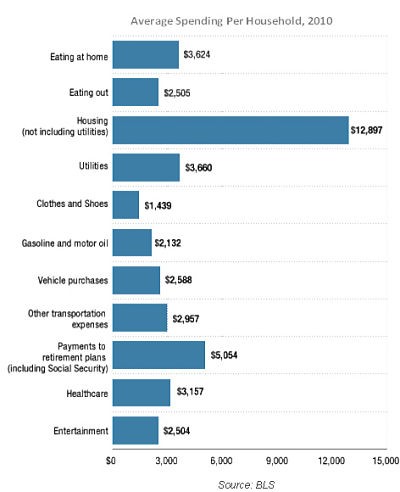ExchangeTraded Funds 360 Degrees of Financial Literacy
Post on: 11 Июнь, 2015 No Comment

Used with permission from The United States Securities and Exchange Commission.
What are exchange-traded funds (ETFs)?
An exchange-traded fund (ETFs), like a mutual fund, is a company that pools money from investors to buy stocks, bonds, or other investments. ETFs trade much like stocks and are priced throughout the day. Most are passively managed and seek to match the return of a particular market index, although there are some actively managed ETFs. The creators and managers of an ETF, known as its sponsor, may be a bank, brokerage company, or mutual fund.
What are creation units?
ETFs begin with large blocks of stock, with each block designated as a “creation unit.” For an index-based ETF, the creation units are comprised of securities in the index being tracked. ETF shares represent a legal claim on a tiny portion of the securities in a creation unit.
Individual investors buy ETF shares from individual or institutional investors. In addition to selling ETF shares to individuals, institutional investors may buy or sell entire creation units. Such transactions usually are done in kind, with payment in securities rather than cash. The number of creation units in an ETF can rise or fall as institutional investors buy and sell them.
Why do people buy ETFs?
Among the advantages of ETFs are the following:
- ETFs offer diversification, allowing you to spread your investments across a wide range of companies and industries.
- ETFs have lower costs than other investments.
- Similar to a mutual fund, an ETF may distribute any net investment income that the fund earns in the form of a dividend.
- ETFs have transparent portfolios and are priced at frequent intervals throughout the day.
- ETFs are tax efficient because the in-kind trading of creation units limits or avoids capital gains taxes.
What kinds of ETFs are there?
ETFs typically are investment companies that track an underlying benchmark or index. An early ETF, introduced in 1993, was SPDR Trust, with an underlying portfolio designed to reproduce the performance of the Standard & Poor’s 500 index. Other ETFs track the Nasdaq 100 Index, the Wilshire 5000 Index, or indexes for bonds, commodities, and currencies..
Investors considering ETFs should evaluate each one closely and not assume all ETFs are alike. As ETFs have evolved over the years, they have become more complex. In the last few years, a number of leveraged and inverse ETFs have been introduced to the market. They are very different from the traditional variety of ETFs.
Leveraged ETFs seek to deliver multiples of the performance of the index or benchmark they track.
Inverse ETFs (also called “short” funds) seek to deliver the opposite of the performance of the index or benchmark they track.
What are the benefits and risks of ETFs?
ETFs make money for investors by either increasing in price or through the distribution of dividends.
The risks may include the following:
- The value of the ETF may decline.
- Since many ETFs are tied to a particular sector or commodity, the fund might be adversely affected by a decline in that sector or commodity.
- If the fund holds international securities, there is a risk from foreign exchange fluctuations.
How to buy and sell ETFs
ETFs are listed on a national securities exchange and can be bought and sold like common stocks throughout the trading day. Individual investors may buy or sell ETFs, typically through a brokerage account or other financial intermediary.
Understanding fees
An ETF will have annual operating expenses and may also impose certain shareholder fees. These are outlined in the prospectus.
Because ETFs trade like stocks, brokerage commissions and/or transaction costs may also apply to ETF purchases and sales.
Avoiding fraud
All ETFs have a prospectus and all investors purchasing creation units receive the prospectus. Some broker-dealers also deliver a prospectus to individual investors who buy shares in an ETF. ETFs that do not deliver a prospectus are required to give investors a Product Description, a document that summarizes key information about the ETF and explains how to obtain a prospectus. All ETFs will deliver a prospectus upon request. Before purchasing ETF shares, you should read all available information, including the prospectus.
Additionally, as ETFs become more complex, be sure you understand exactly what you are buying and how it works.














